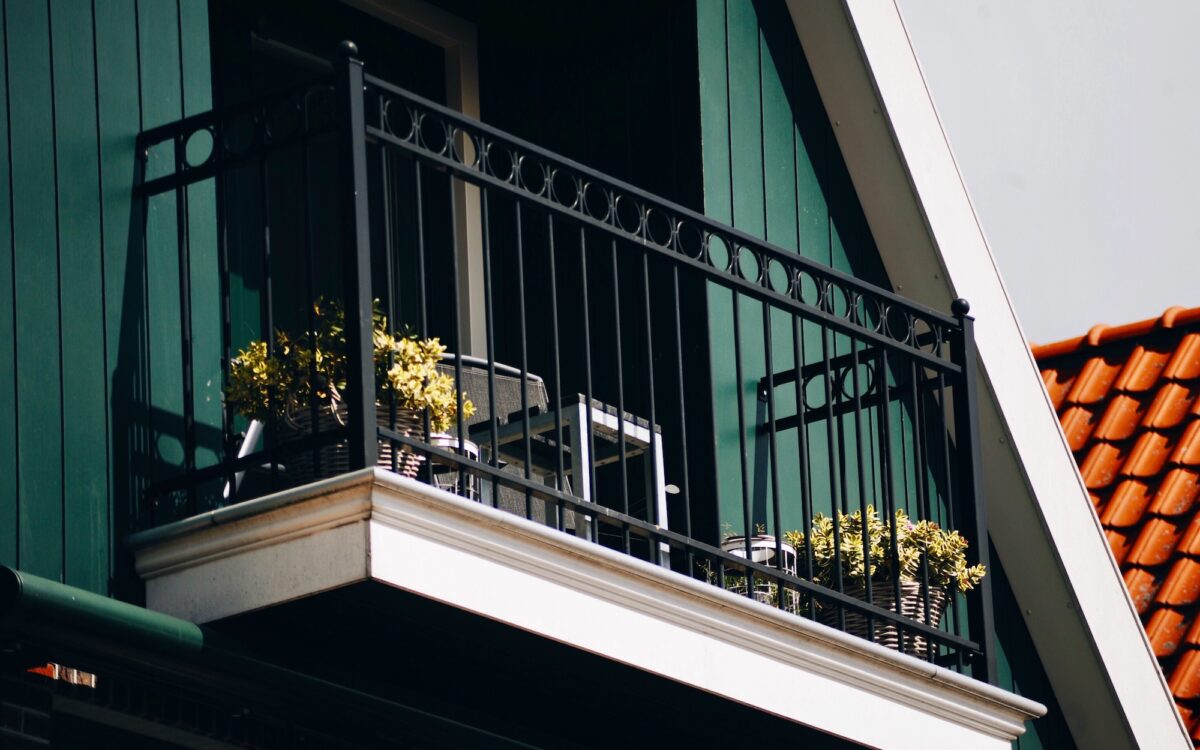
# AB 2114: A Game-Changer for HOA Balcony Inspections in California
*New legislation expands who can perform critical safety inspections, offering relief to homeowners associations across the state*
California homeowners associations (HOAs) received welcome news with the recent passage of Assembly Bill 2114 (AB 2114), a significant update to the state’s requirements for exterior elevated element inspections. Signed into law on July 15, 2024, this legislation addresses a pressing challenge faced by HOAs statewide—finding qualified professionals to inspect balconies, decks, and other elevated structures before the January 1, 2025 deadline.
What AB 2114 Changes for California HOAs
Prior to AB 2114, HOAs were limited to hiring only licensed structural engineers or architects to perform mandatory inspections of exterior elevated elements (EEEs). These inspections, crucial for ensuring resident safety, have become increasingly difficult to schedule as the 2025 deadline approaches.
The new law expands the pool of qualified inspectors by adding licensed civil engineers to the list of professionals authorized to conduct these vital safety inspections. This simple yet effective change promises to alleviate the scheduling bottleneck that has frustrated HOA boards and property managers across California.
“This is precisely the type of commonsense legislation our communities need,” said Assemblymember Kate Sanchez, who authored the bill. “AB 2114 maintains high safety standards while making compliance more achievable for HOAs.”
Why These Inspections Matter
Exterior elevated elements include balconies, decks, stairways, walkways, and entry structures that extend beyond a building’s exterior walls and are elevated more than six feet above ground level. These structures are vulnerable to water damage, corrosion, and deterioration that can lead to catastrophic failures if left undetected.
The inspection requirements were originally implemented following the tragic 2015 balcony collapse in Berkeley that resulted in six fatalities. Since then, California has strengthened its building codes and maintenance requirements to prevent similar tragedies.
The Challenge HOAs Were Facing
Before AB 2114, HOAs throughout California reported significant difficulties:
– Limited professional availability: With only structural engineers and architects authorized to perform inspections, many HOAs found themselves on lengthy waiting lists.
– Rising costs: The restricted supply of qualified inspectors led to increased inspection fees, placing financial strain on HOA budgets.
– Compliance concerns: Many associations worried they wouldn’t be able to meet the January 2025 deadline despite good-faith efforts.
Benefits of Adding Civil Engineers to the Mix
The addition of licensed civil engineers to the pool of authorized inspectors brings several advantages:
1. Expanded professional availability: Civil engineers represent a substantial addition to the workforce qualified to perform these inspections.
2. Cost stabilization: Increased competition among inspection professionals is expected to help moderate costs.
3. Maintained safety standards: Civil engineers possess the necessary expertise to identify structural concerns in exterior elevated elements.
4. Improved compliance rates: More HOAs will be able to complete their required inspections before the deadline.
Immediate Implementation Through Urgency Clause
Unlike most legislation that takes effect on January 1 of the following year, AB 2114 includes an urgency clause that made its provisions effective immediately upon signing. This timely implementation is critical given the approaching inspection deadline.
“The urgency clause recognizes the real-world predicament many HOAs are facing,” explained Kelly Richardson, a prominent HOA attorney. “This gives communities the breathing room they need to schedule these important safety inspections without compromising standards.”
What HOAs Need to Do Now
With AB 2114 now in effect, HOA boards should:
1. Review inspection requirements: Confirm which exterior elevated elements require inspection before January 2025.
2. Expand the search: Include licensed civil engineers when soliciting inspection proposals.
3. Schedule promptly: Even with more professionals available, don’t delay scheduling as the deadline approaches.
4. Budget appropriately: While costs may moderate, HOAs should still budget for inspection expenses and potential repairs.
Long-term Implications for HOA Management
Beyond addressing immediate inspection challenges, AB 2114 reflects a growing awareness of the practical realities facing California’s estimated 50,000+ HOAs. As these communities age, maintenance requirements become increasingly important, and pragmatic legislative approaches like AB 2114 help balance safety with feasibility.
“This legislation demonstrates that our lawmakers understand the on-the-ground challenges HOAs face,” noted Adrian Adams, founder of Adams Stirling PLC, a law firm specializing in HOA law. “It’s a positive sign for future regulatory approaches.”
Looking Forward: Maintenance Best Practices
While AB 2114 addresses the inspector shortage, HOAs should maintain a proactive approach to exterior elevated element maintenance:
– Conduct regular visual inspections between required professional assessments
– Address water intrusion issues promptly to prevent structural damage
– Maintain adequate reserves for potential repairs identified during inspections
– Communicate transparently with homeowners about inspection findings and repair plans
A Win for California HOAs
Assembly Bill 2114 represents a practical solution to a significant challenge faced by California HOAs. By expanding the pool of qualified inspectors while maintaining high safety standards, the legislation helps ensure that crucial safety inspections can be completed on time and at reasonable cost.
For the millions of Californians living in communities with exterior elevated elements, this legislative update provides peace of mind that these critical structures will receive the professional assessment they require to ensure ongoing safety and structural integrity.
HOA boards and property managers should take advantage of this expanded professional pool to schedule their required inspections well ahead of the January 2025 deadline, ensuring their communities remain safe, compliant, and financially prepared for any necessary repairs.
Want to learn how automation can benefit your HOA or organization? Contact Unify Node today to find out how we can help.

